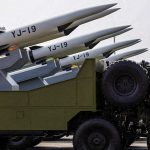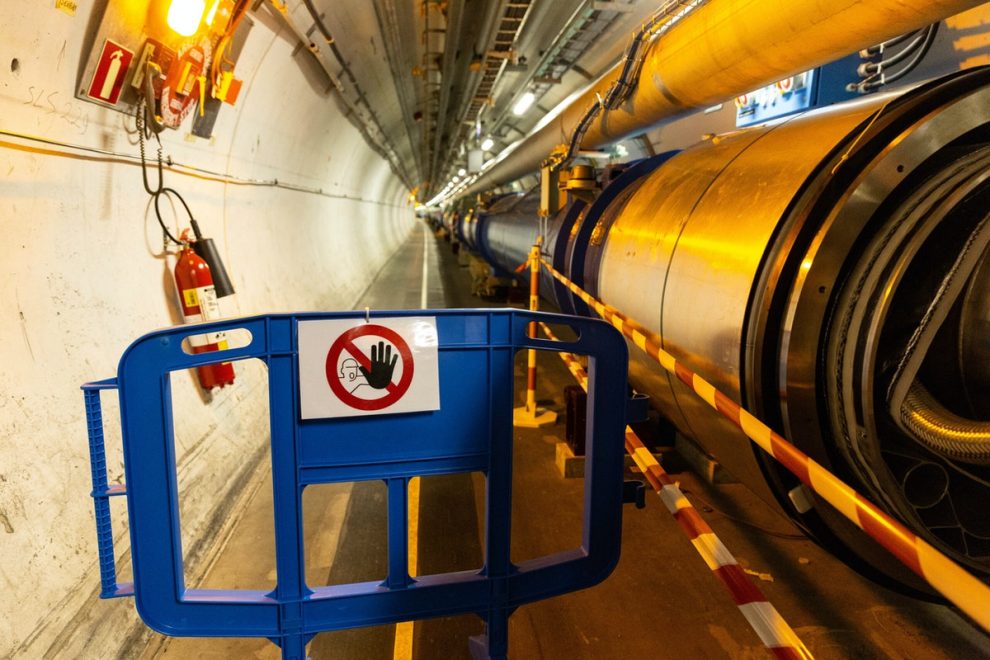U.S. Military officials announced Friday a new program of teams from various sectors plan to create a subatomic particle compact source powerful enough to see through thick concrete walls, underground tunnels, and chambers hundreds of meters below the Earth’s surface.
In a press release, the Defense Advanced Research Projects Agency (DARPA) said the personnel would make deeply penetrating terrestrial muons, subatomic particles about 200 times heavier than electrons. Such particles could create energy beams up to hundreds of giga-electronvolts to scan or characterize materials for scientific discovery and national security.
Mark Wrobel, the program manager in DARPA’s Defense Sciences Office, said the ever-advancing high-peak-power laser technology could produce terrestrial muons that “can travel easily through dozens to hundreds of meters of water, solid rock, or soil’ if the energy was high enough.
“MuS2 will lay the groundwork needed to examine the feasibility of developing compact and transportable muon sources,” Wrobel said.
Although officials called the process of harnessing the primary sources used to create such muons for advanced surveillance “tedious and not very practical,” they have proven themselves effective. In the late 1960s, scientists used muons to examine about 20 percent of the interior chambers within the walls of great pyramids in Egypt. To this day, scientists still are using are using cosmic radiation to see inside the pyramids.
The Defense Department and other federal agencies have used advanced sources to generate subatomic particles that enabled officials to scan cargo containers with dangerous materials or test an aircraft for internal defects. Still not strong enough, however, to “map the core of a volcano from the outside, or peer deep underground to locate chambers and tunnels.”
Due to the nature of the research, Wrobel says teams would come from diverse research areas of academia, national laboratories, and defense industries.
Officials said producing muons requires high-energy particles that could only be done at large research facilities like the United States’ Fermilab national particle accelerator in Illinois and the European Council for Nuclear Research (CERN) facility in Switzerland.
Sarah Charley, who writes for a communications group at CERN, wrote in the online particle-magazine Symmetry that muons are the heavier and short-lived cousin of the electron that “could be the key to understanding relationships between other fundamental particles.”
“And it holds a mystery all its own,” Charley wrote.
Military officials said the DARPA program spans four years and divides into two phases where military researchers will develop up to 100 giga-electronvolts for experimentation, simulation, and laser technology studies.
Story cited here.
























